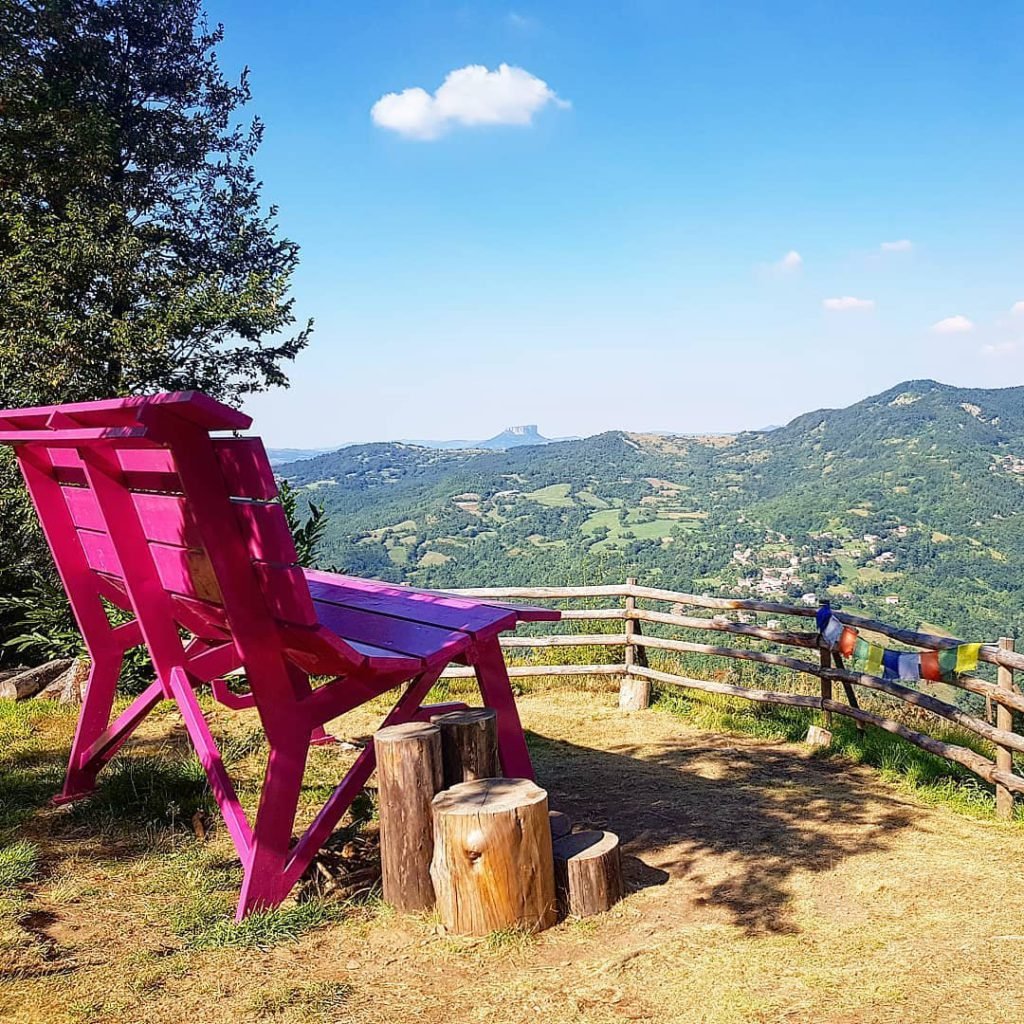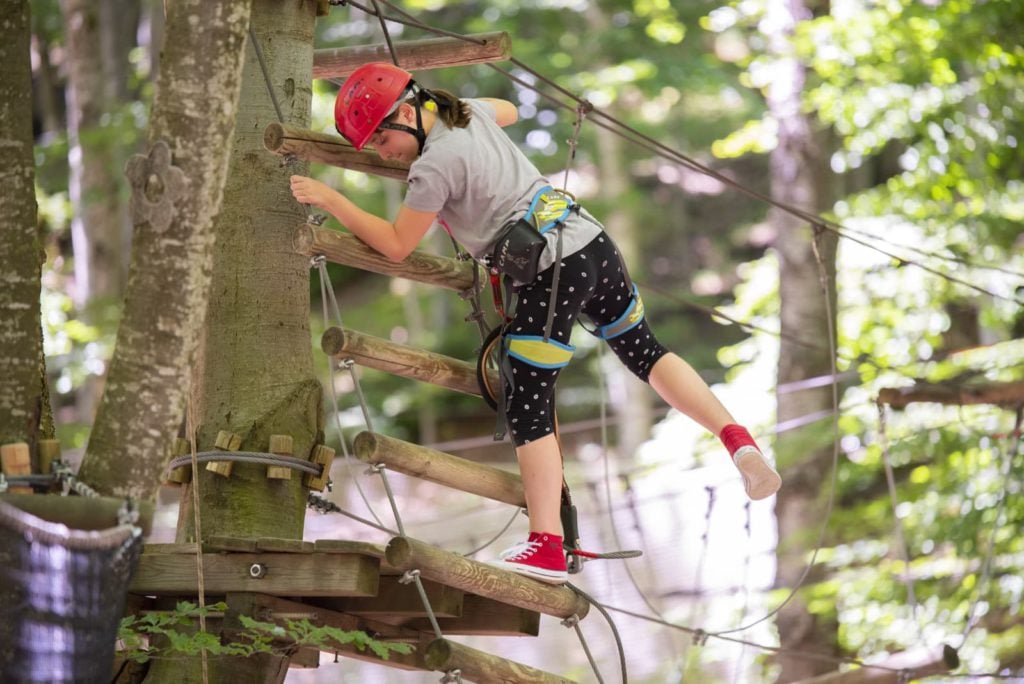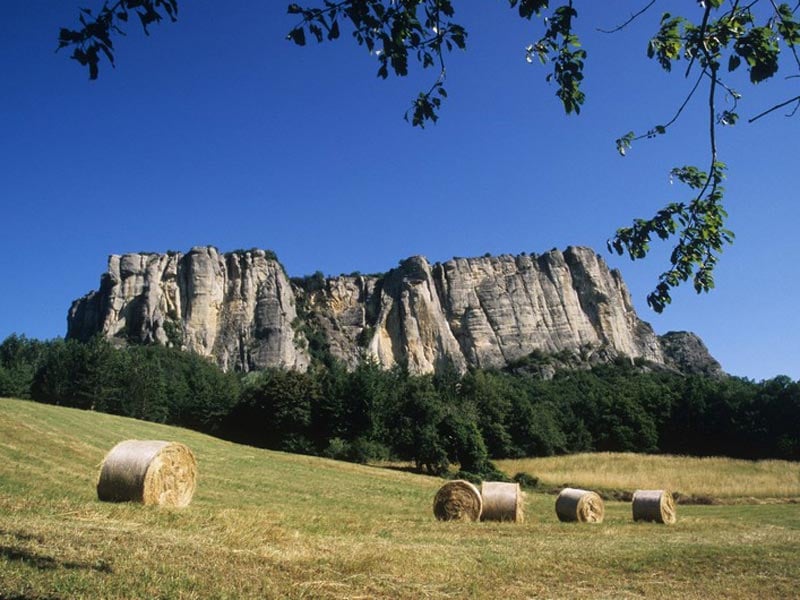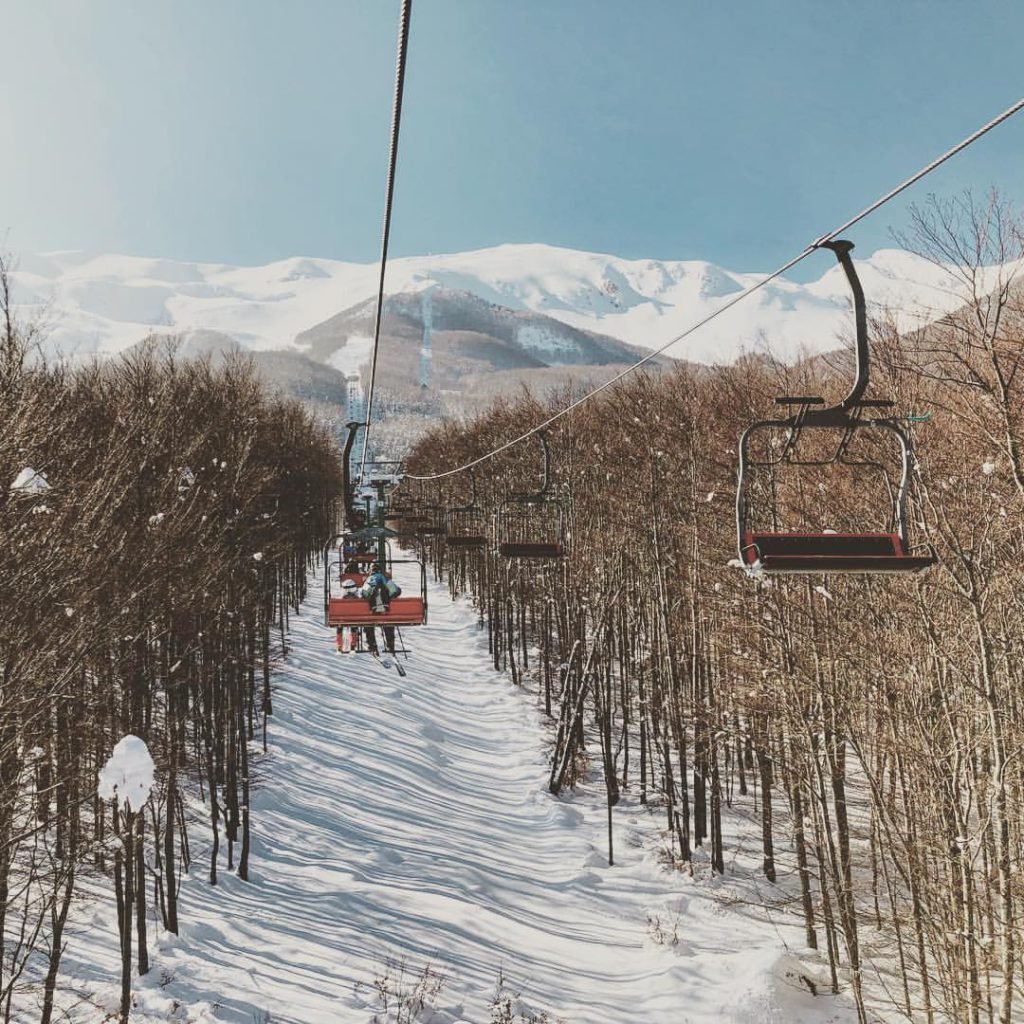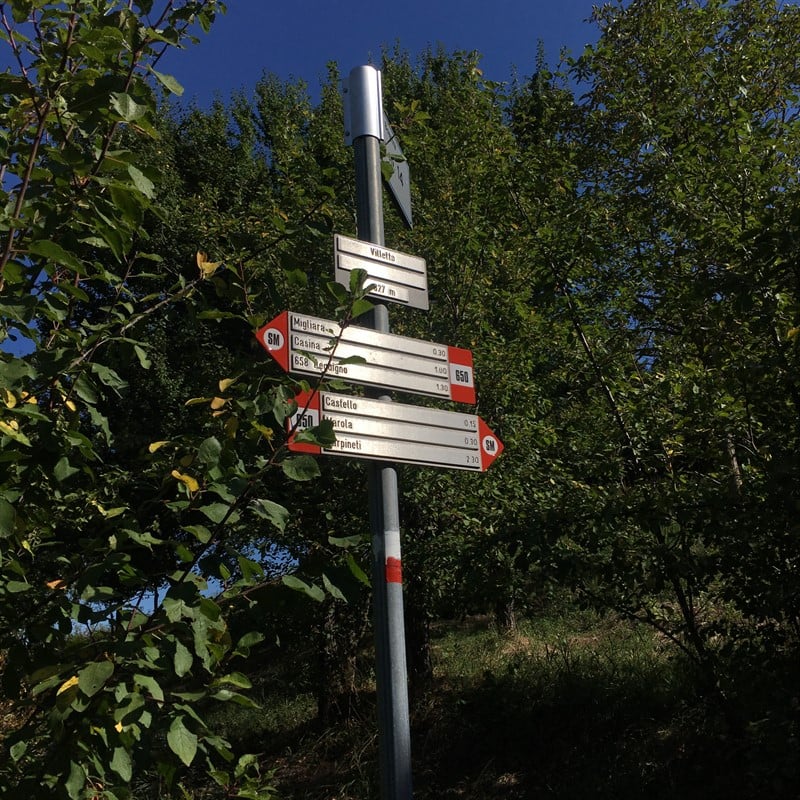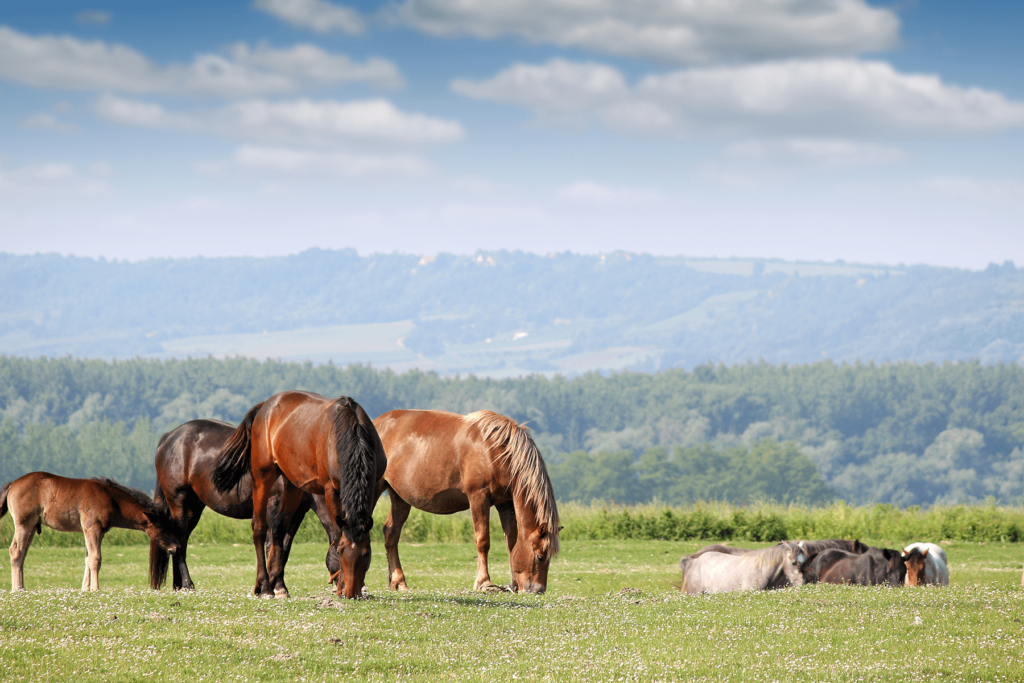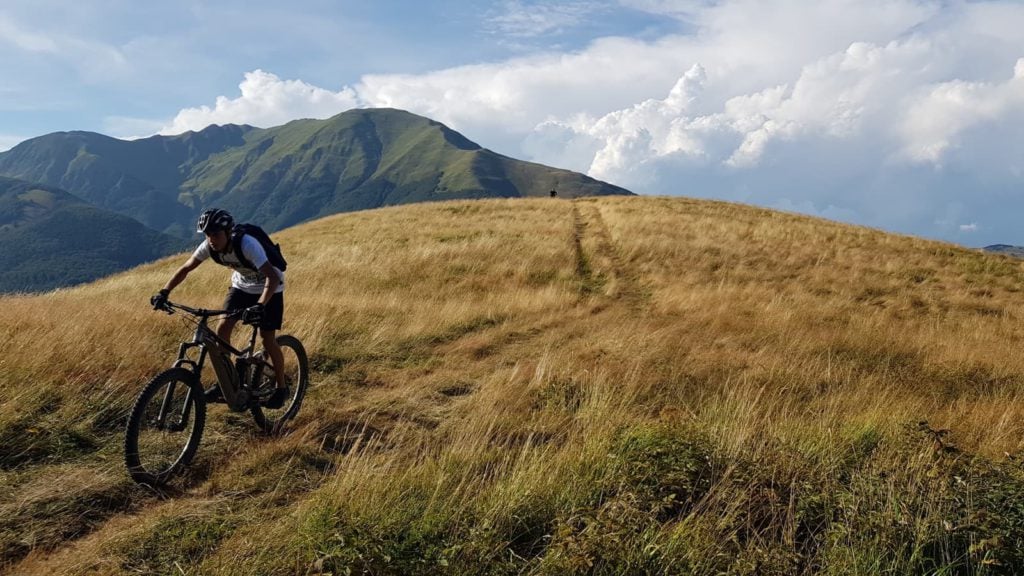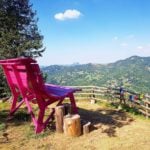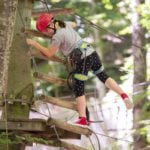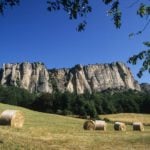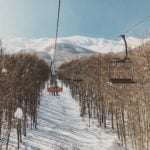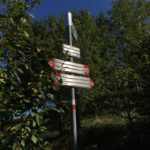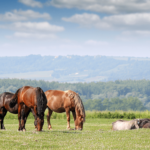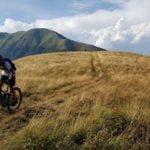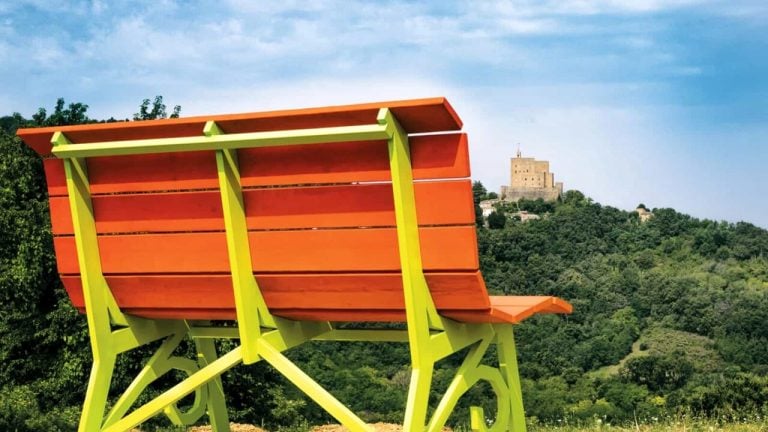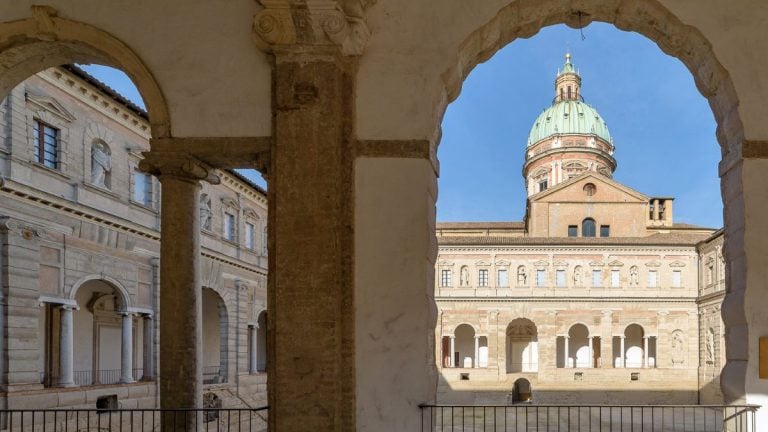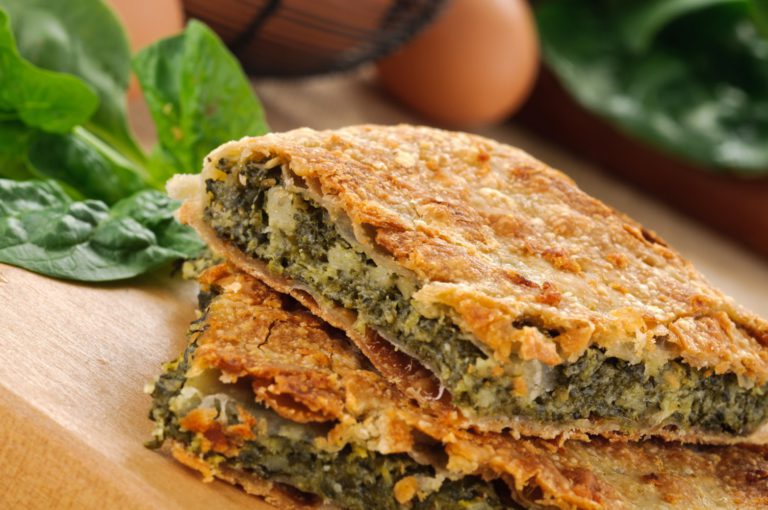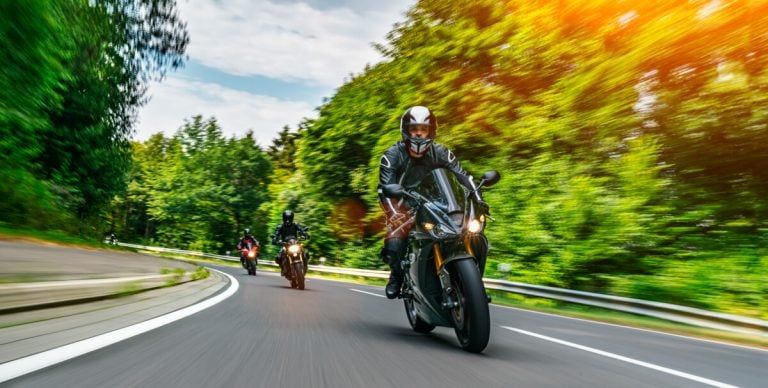
Time
72 h
The Reggio Emilia Apennines are located on the border with Tuscany, not far from Liguria.
These are the lands of Countess Matilda of Canossa, a part of the Apennines that was the centre of the world in the Middle Ages because it was the protagonist of the struggle for investiture between the Pope and the Emperor.
This area is not only rich in history and culture, but also in natural beauty, since it is located in the heart of the Tuscan-Emilian National Park, which has been nominated a UNESCO Biosphere Reserve.
Panchina gigante Ligonchio Ph. @luisanobili via Instagram
Parco Cerwood, Cervarezza Terme (RE)
Pietra di Bismantova
Febbio, neve @gabrieledelmonte
Segnali Via Matildica – Ph. Walter Manni
Appennino a Cavallo in Emilia Romagna | Foto © icavalieridelcusna.it
In bici sull’Appennino Reggiano
Here are the 7 villages worth discovering (Casina, Carpineti, Castelnovo ne’ Monti, Toano, Ventasso, Vetto, Villa Minozzo), following your own inclinations:
- On foot along the many paths leading to the peaks (Monte Cusna, Cavalbianco, Casarola) from which you can even see the Tyrrhenian Sea, or along the Via Matildica del Volto Santo, the trekking route that links Mantua with Lucca, passing through this very area.
- Horse riding in the hills dotted with castles and villages with small churches and fortified farmhouses as well as fodder fields used to produce Parmigiano Reggiano cheese.
- By bike thanks to the 38 routes, 15 of which in the high mountains, for a total of 785 km on forest roads and trails, mapped by Appennino Reggiano Bike and divided by district and type of activity: mountain, cross country, XC, Enduro, Family, Free Ride and Grand Tour.
- By motorbike along the many hairpin bends that connect us to nearby Tuscany and Liguria, with which we share the beauty of nature and a few flavours.
- For those travelling with children, this area features many Big Benches (in Baiso, Canossa, Carpineti, Casina, Castellarano, Castelnovo né Monti, Ligonchio, Toano, Ventasso and Villa Minozzo) and an adventure park in Cervarezza.
… And let’s not forget the food: Emilia Romagna is the Italian Food Valley, after all!
Let’s start with Parmigiano Reggiano DOP, which was first produced more than a thousand years ago in these very hills. Get ready to try typical Reggio dishes such as gnocco fritto with salami and cheese, erbazzone, potato tortelli, but also, depending on the season, dishes based on game and venison, river fish, chestnuts, porcini mushrooms and truffles.
The Reggio Emilia Apennines look forward to welcoming you for a sustainable travel experience surrounded by nature!
Casina
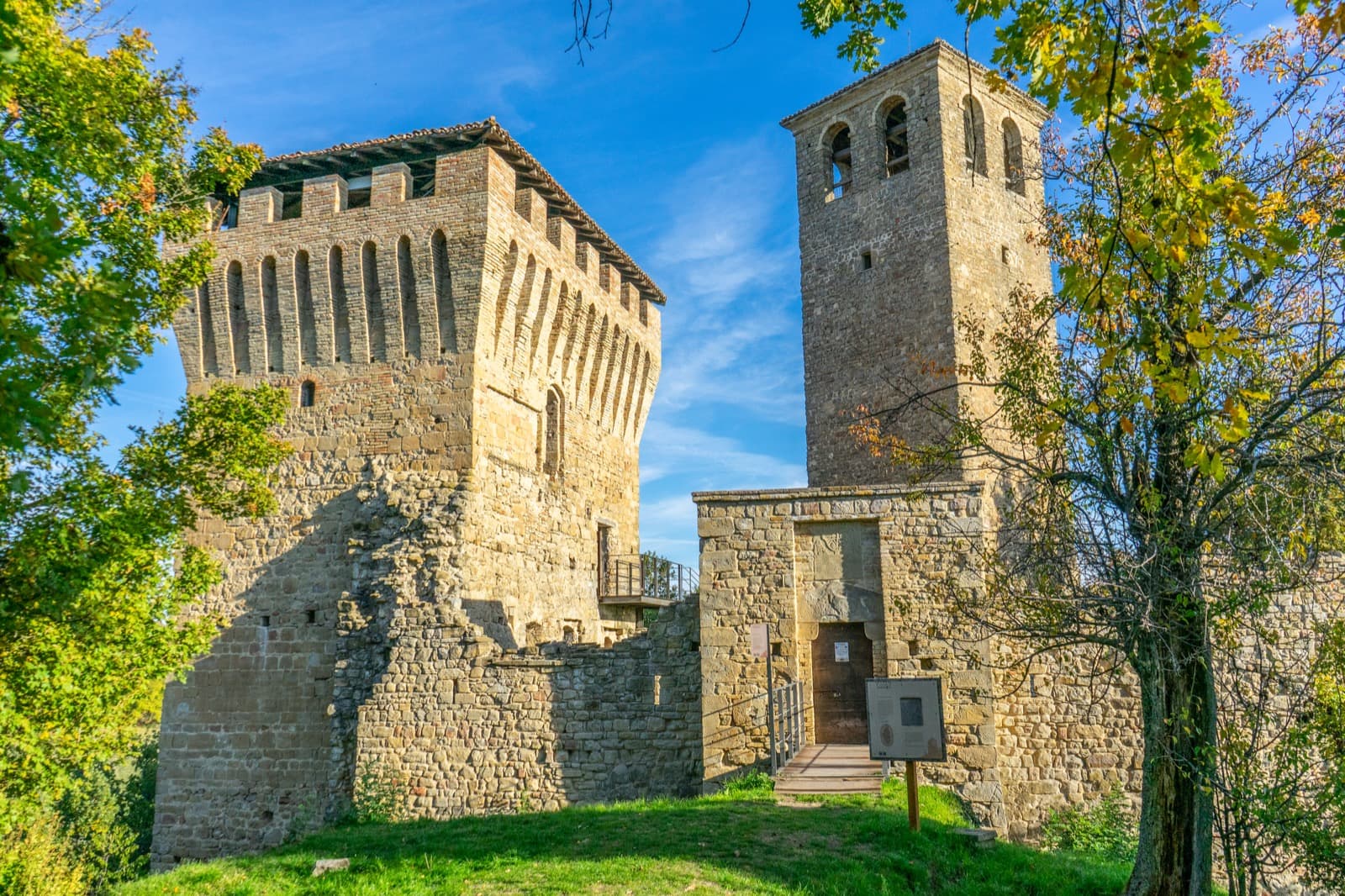
Let’s start with Casina, home to the Ars Canusina Consortium, one of the many regional handicraft activities, which displays motifs of the art and architecture of the Canossa family. Their handicrafts include handmade embroidery on fabric, ceramic objects and wrought-iron furniture.
Nearby you will find the castles of Sarzano (not to be confused with La Spezia’s Sarzana) and Leguigno, from which you can gaze out over the peaks of the Tuscan-Emilian Apennines and the surrounding valleys, including the extraordinary and notorious Pietra di Bismantova, one of the places in Emilia-Romagna sung about by Dante.
Then just wander aimlessly to discover medieval villages built with stone houses, castles and ancient churches and follow trails among rocks and streams.
Castelnovo ne' Monti
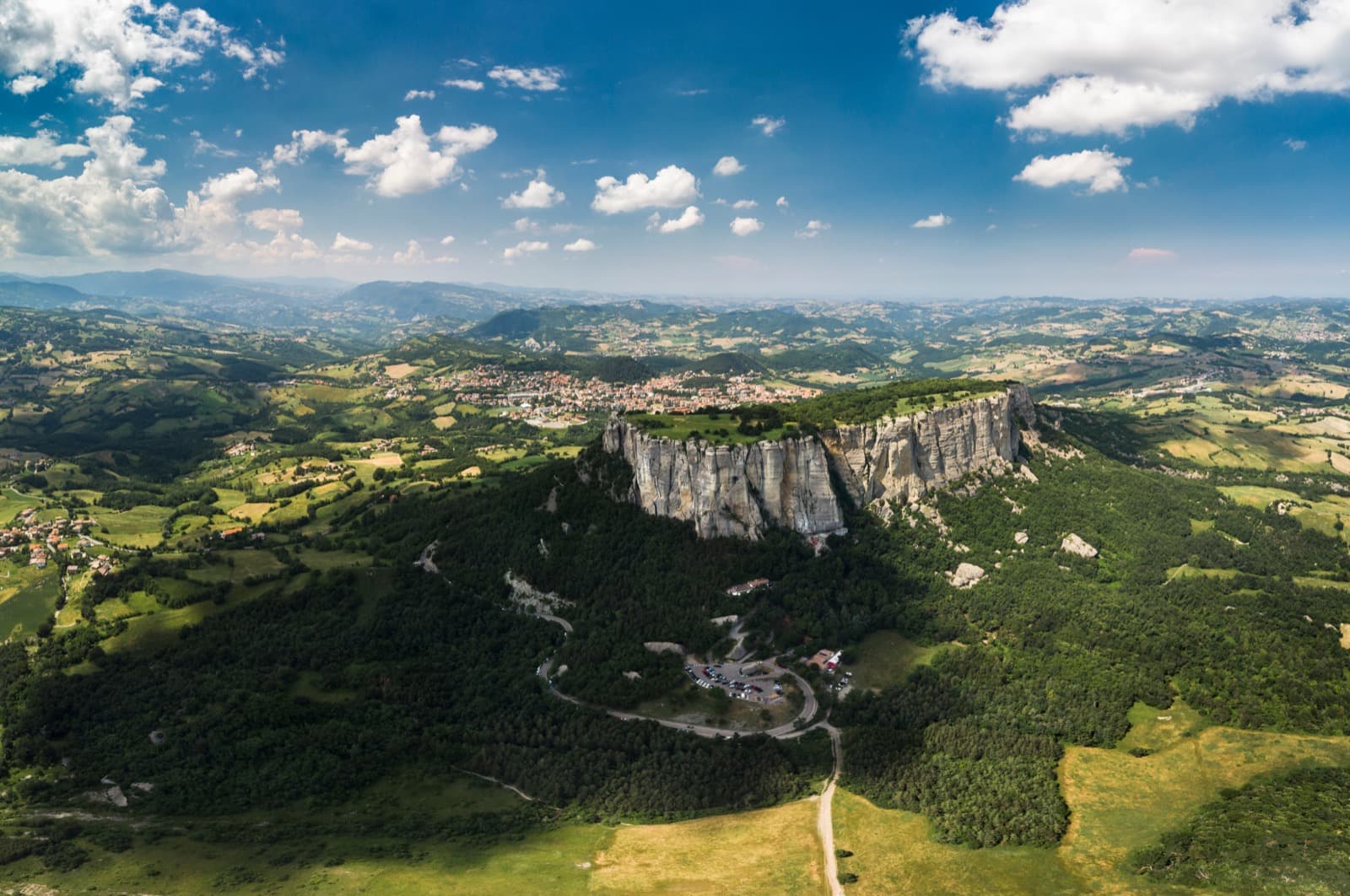
Known for the Pietra di Bismantova (Bismantova Stone), Castelnovo né Monti is a medieval town with a small centre set on the slopes of Monte Castello, on the top of which lie the remains of the fortification.
The imposing limestone rock is a popular destination for thousands of visitors every year, and some scholars believe that the poet Dante Alighieri would have personally visited the place in 1306. A perfect spot to marvel at nature.
If you happen to meet Italian or foreign sportspeople here, it is no coincidence: numerous teams, not only national ones, have been coming to Castelnovo for several years for athletic and technical training courses.
In Felina, its largest hamlet, we recommend a walk along the path (also suitable for children) that leads to Mount Fosola, where you can relax on one of Emilia Romagna’s Giant Benches.
Carpineti
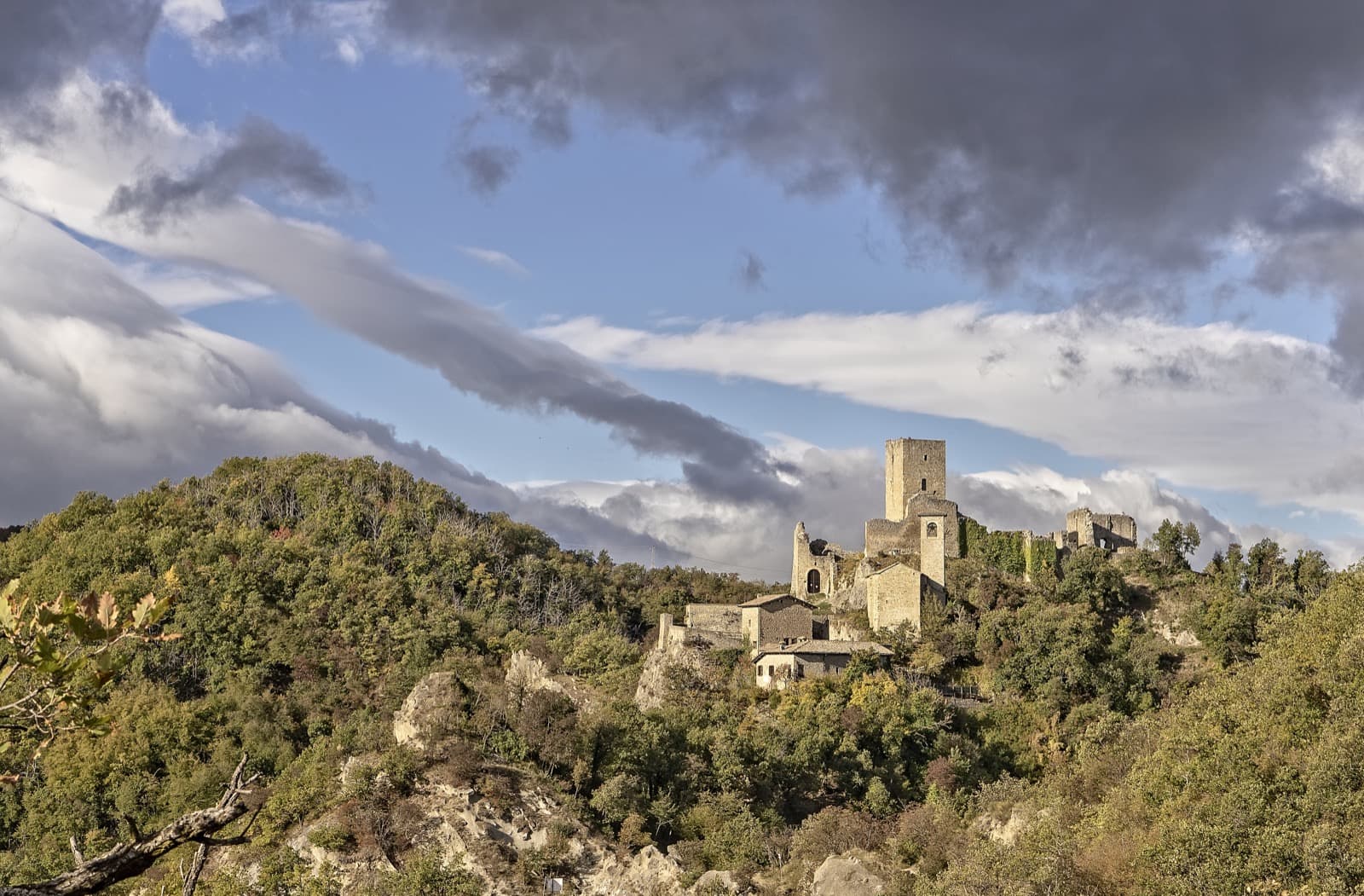
Carpineti is also located in the Reggio hills, between the Secchia and Tresinaro valleys.
The name probably originates from the castle of the Carpinete, overlooking the town. Located in a strategic position on Mount Antognano, this was Countess Matilde’s favourite residence, offering a striking view that sweeps from the Apennine ridge to the plains.
In the surrounding area there are numerous paths and cart roads, perfect for a hike while enjoying the Apennine Reggiano landscape, villages with stone houses and medieval churches, such as San Donnino or Valestra.
Lastly, don’t forget to visit the hamlet of Marola, which, immersed in a centuries-old chestnut grove, is an ideal place to visit in summer if you are looking for some cool air.
Toano
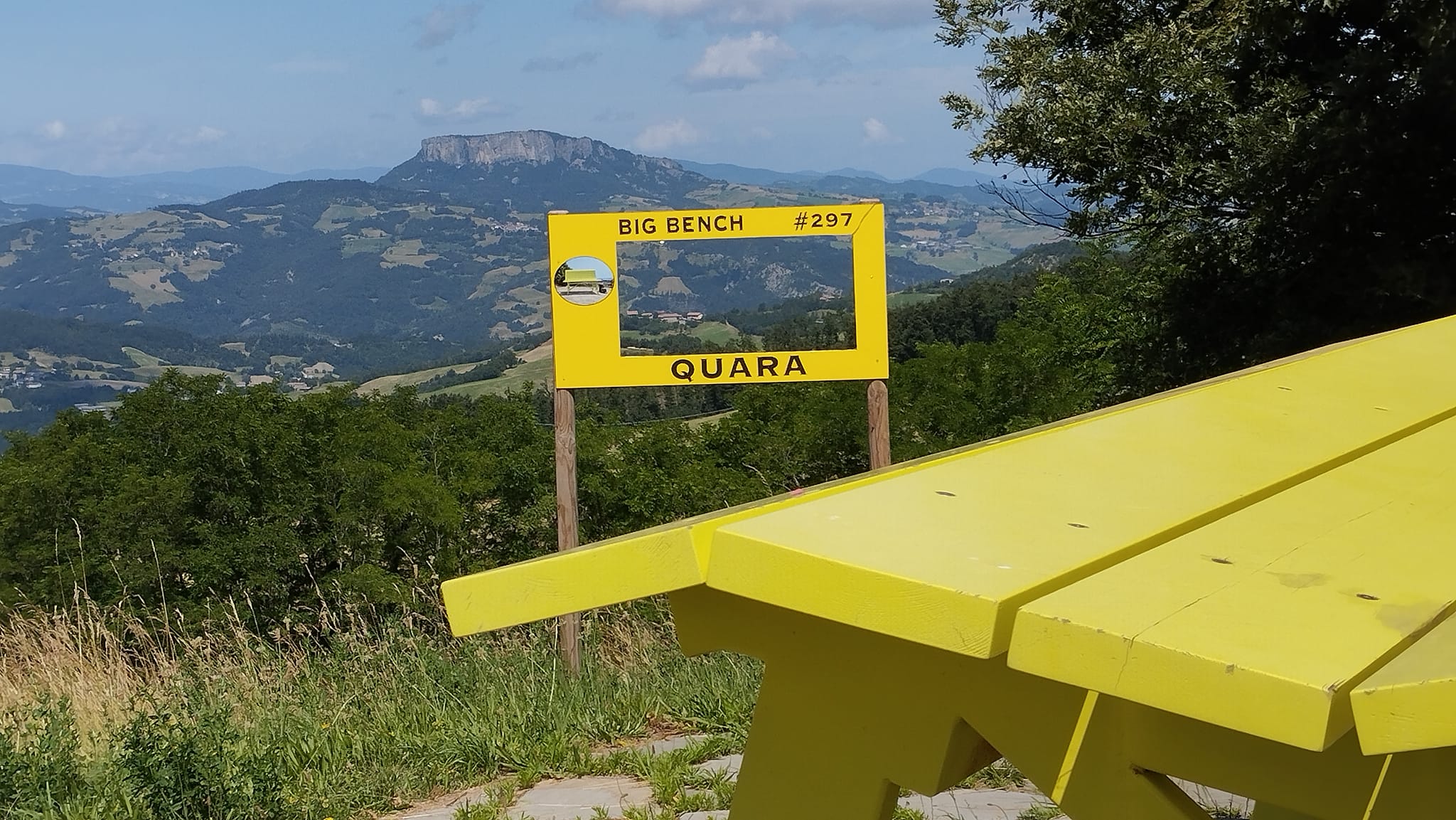
Situated between the Secchia valley and the ridge, the territory of Toano has been inhabited since Roman times, but its importance increased in the Middle Ages, a time when it became the epicentre of European history thanks to the Canossa family.
Two unmissable places are the Matildic parish church of Santa Maria di Castello and its archaeological site, and the Balze di Malpasso, a geological site where sandstone rocks outcrop.
A tip for truffle lovers: excellent white truffles and black summer truffles can be sampled in the hamlet of Cavola.
Ventasso
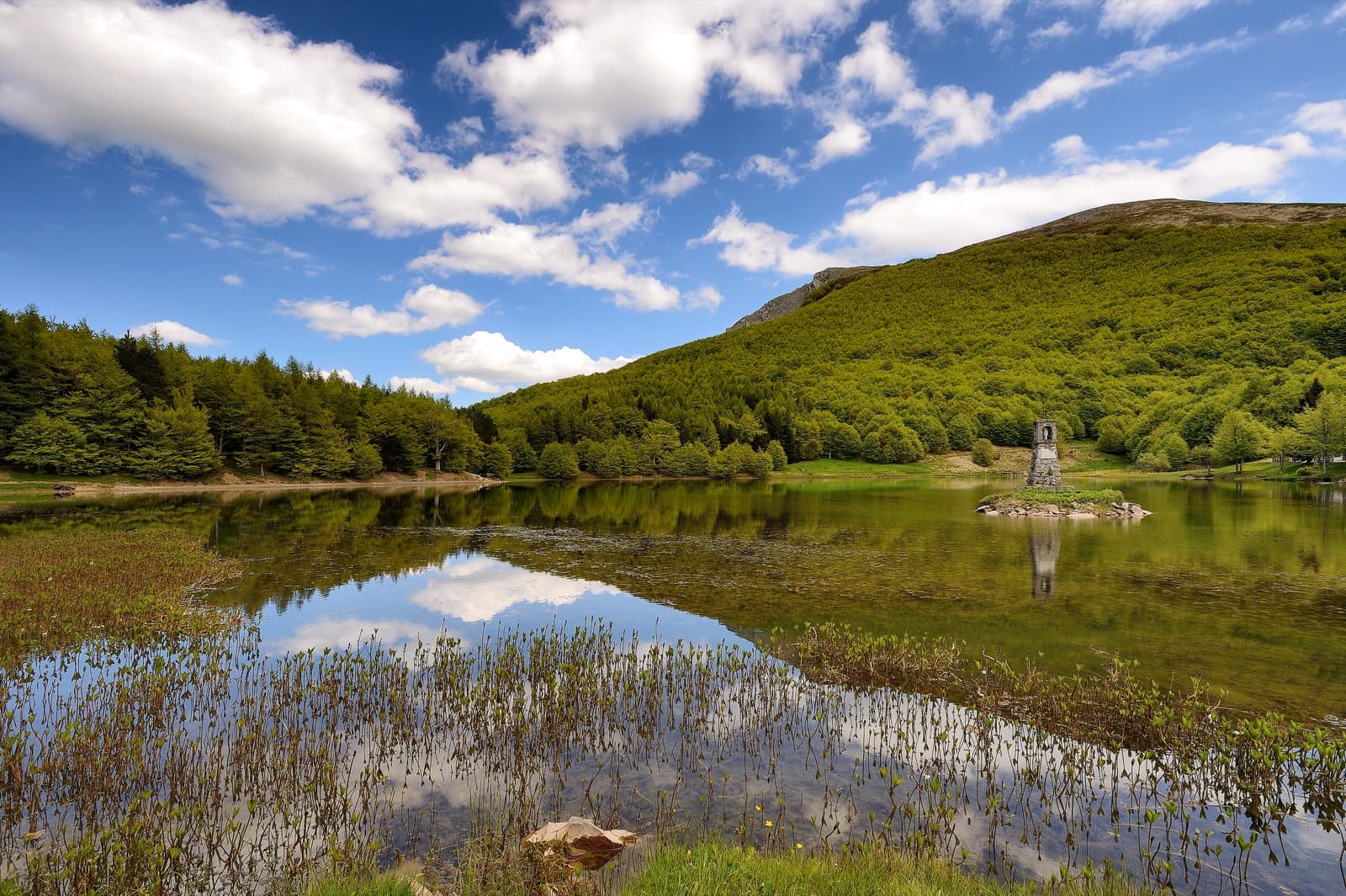
Ventasso is a multi-faceted town, as it was created from the merger of the historic municipalities of Busana, Cervarezza, Collagna, Ligonchio and Ramiseto.
Points of interest you should not miss include Lake Calamone in Ramiseto, the Art Nouveau-style Enel power station, the Giant Bench in Ligonchio, the Cork Museum in Busana, the centuries-old chestnut groves and metati in Collagna, the Cervarezza Spa and the nearby Cerwood Adventure Park.
Also worth mentioning are Cerreto Laghi and Ventasso Laghi, winter sports resorts that can also be enjoyed in the summer by enjoying trekking and/or walking both in the mountains and at the glacial lakes.
You should also pay a visit to the villages of the Valli dei Cavalieri (Cecciola, Montedello, Cereggio, Gazzolo, Nismozza, Vallisnera, Ca’ Ferrari, Cinquecerri, Vaglie ), featuring tower-houses (buildings at least 3 storeys high, with windows and portals made of dressed stone) and narrow streets overlooked by vaults creating subways.
Vetto
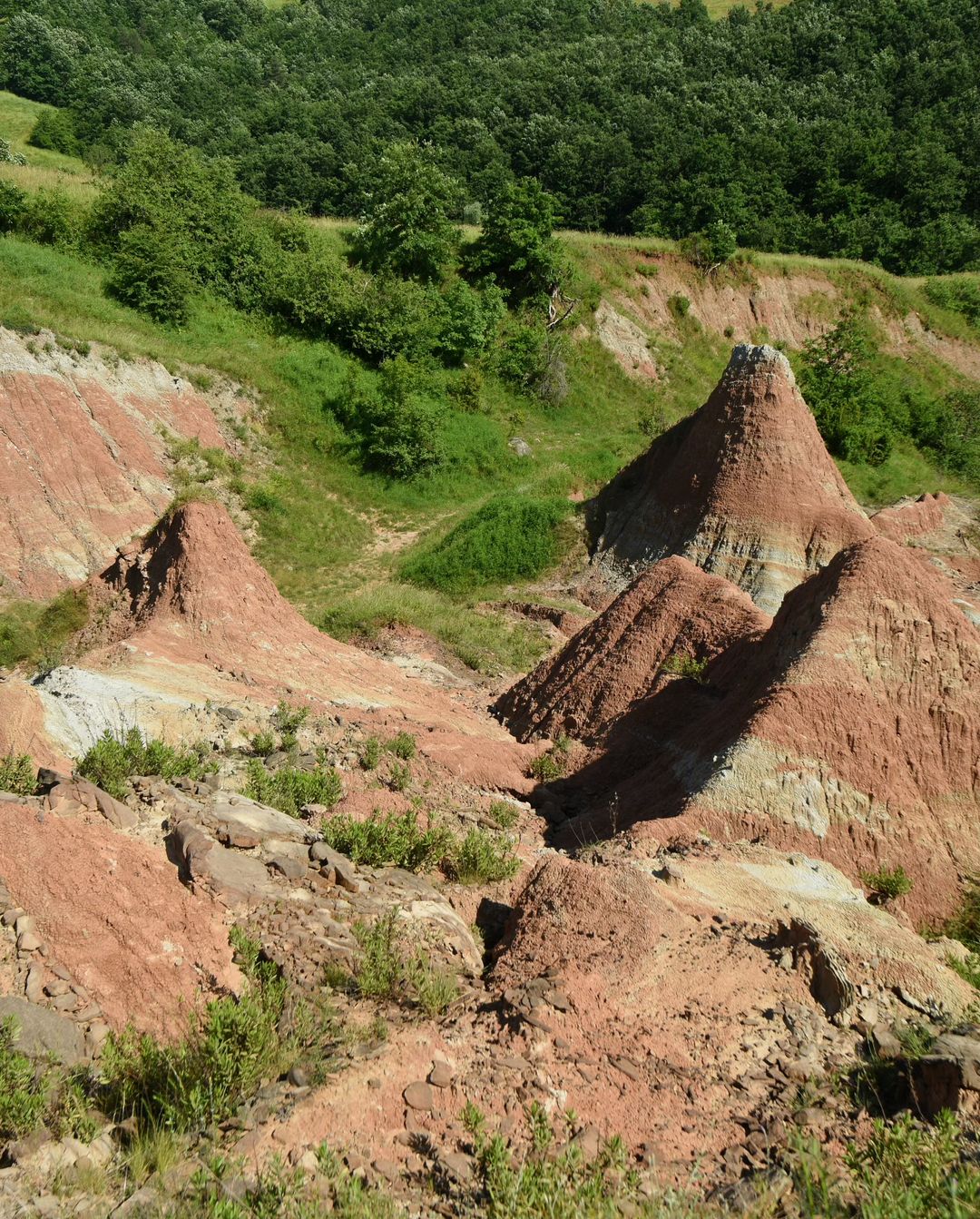
The origins of Vetto, a natural balcony on the right bank of the Enza river, date back to the Middle Ages, when the Da Palù family, loyal to the famous Canossa family, ruled here.
The village – divided into the three neighbouring areas of ‘il borgo’, ‘cà boccio’, and ‘il castello’- features historical buildings including: the Romanesque Church of San Lorenzo, restored in the mid-1600s, and the Osteria del Turo, a massive 17th-century tower house.
The Enza, Tassaro and Tassobbio valleys offer many opportunities for a trip, from small hamlets to peaceful walks or hikes such as the Sentiero dei Ducati.
Villa Minozzo
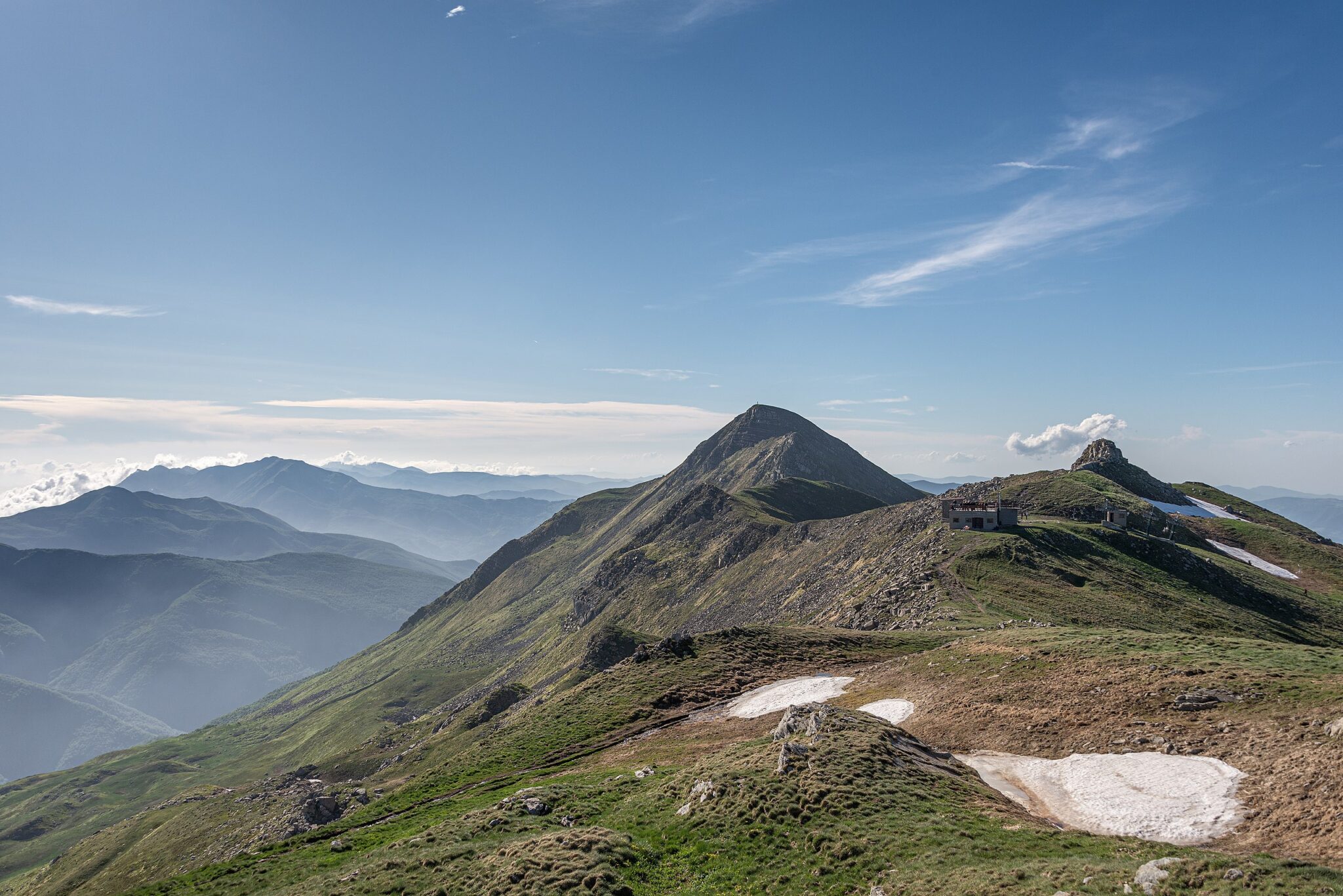
Villa Minozzo, nestled in the high Apennines of Reggio Emilia, is famous for being the birthplace of the champion Giuliano Razzoli, who took his first ‘steps’ on skis in this area between the ridge of Mount Cusna, the Dolo and Secchia valleys and the forage fields.
In this village you will have the opportunity to try the traditional food and wine at one of the numerous refuges of the area.
Nearby are Civago, the starting point for numerous excursions to the peaks of the ridge, Minozzo, which stands on an outcrop of ophiolite, where the ancient fortress of the village was built in the Middle Ages, and Febbio, where you can enjoy downhill skiing, hiking and mountain biking depending on the season.
Author

Maria Grazia Masotti
An eternal dreamer, but I try to stay grounded. I was raised in the countryside but I love big cities. I’m always ready for a trip, as long as it’s sustainable.
You may also like
Big Benches in Emilia-Romagna, Italy
by Celestina Paglia /// May 19, 2025
Reggio Emilia on foot, what to see in a 10-stage tour
by Maria Grazia Masotti /// January 8, 2025
History and recipe of the traditional Erbazzone of Reggio Emilia
by Elisa Mazzini /// April 8, 2024

Interested in our newsletter?
Every first of the month, an email (in Italian) with selected contents and upcoming events.
